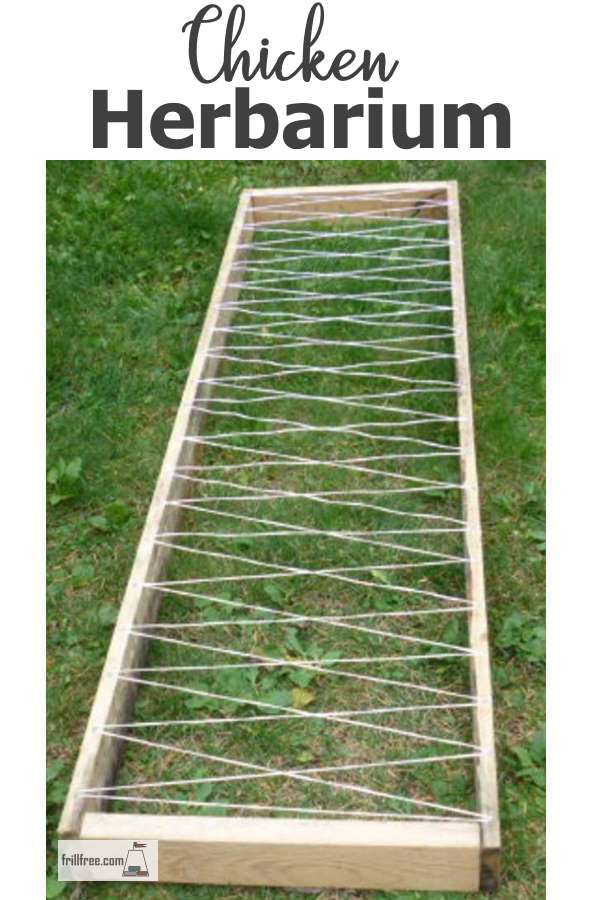- Homesteading
- Backyard Chickens
- Chicken Herbarium
Chicken Herbarium
Nutrition without Chaos in the garden
Chickens love greens and protein on the hoof (insects and earthworms) and will pretty much destroy your garden in their efforts to get every last bug, weed, shoot and insect egg. As omnivores they are easy to feed from a variety of sources.
To prevent them from devastating your entire garden, make a chicken
herbarium to keep them happy with all the greens they can eat.
The
greens they crave give the eggs that gorgeous rich golden coloured yolk,
and it also provides the nutrients to make a healthy chick if you’re
hatching those eggs.
Chickens love anything dark green, too bad if
it’s something you like too, such as spinach or collards. They love
alfalfa, comfrey and most weeds, especially accumulators that bring up
the small amounts of minor nutrients from deep under the topsoil.
This
is the only way chickens can naturally get boron, magnesium and other
micronutrients if it’s lacking in their feed, which it so often is
nowadays as most commercial feed is grown on nutrient poor soil.
Growing
a chicken herbarium gives you the control over what they have access
to, while giving them the greens they love. It prevents them from
scratching the roots up, and the tops continue to grow to provide a new
crop continuously.
The minor care your chicken herbarium will require
is watering when very dry, and the occasional top dressing of compost
or worm castings.
Other than that, the chickens will take care of pruning it for you.
Best Plants to use in a Chicken Herbarium
Alfalfa
is the primo number one choice of chickens and their keepers, due to
the long taproot which will bring up lots of nutrition from deep into
the subsoil. The roots on an individual alfalfa plant have been known to
go as deep as 3 meters (10') underground, with an equal or greater spread
into the surrounding soil.
This ensures its winter hardiness, and
drought tolerance. Once a bed of alfalfa is established, nothing will
get it out short of a backhoe.
Comfrey is another plant with a long
taproot, although in this case the root tends to be more carrot like and
can be up to 3-5cm (about an inch) thick.
Though not so far roaming as alfalfa but
equally difficult to dig up, comfrey provides many nutrients rarely
found in other plants.
Chickens love the flavor, and for an added
bonus, bees will find the flowers very much to their liking. A patch of
comfrey under apple or other fruit trees provides free range chickens
with an almost complete diet.
Fall rye and other green manure cover
crops such as clover will be appreciated in the chicken herbarium,
however, they may be short lived and have to be reseeded periodically.
Dandelions,
the new young growth especially is filled with vitamins and the golden
yellow blooms will be reflected in the yolks of the chickens that eat
them.
How Big Should I Make My Herbarium?
An area around 2x3 meters (10 x 15') will give your eight or ten chickens plenty of green stuff for most of the summer.
Build a frame out of any size lumber, and top it with medium chicken mesh.
Partially fill with good compost, sifting it through the mesh, and seed your alfalfa or other herb on top.
Water well, and expect any of the perennial plants to take up to three seasons to fill in enough to provide lots of greens.
Once
the chickens peck the foliage down to the mesh, the plant will
regenerate. Several chicken herbariums around your garden will keep the
chickens happy, and hopefully out of the spinach and lettuce patch.
















